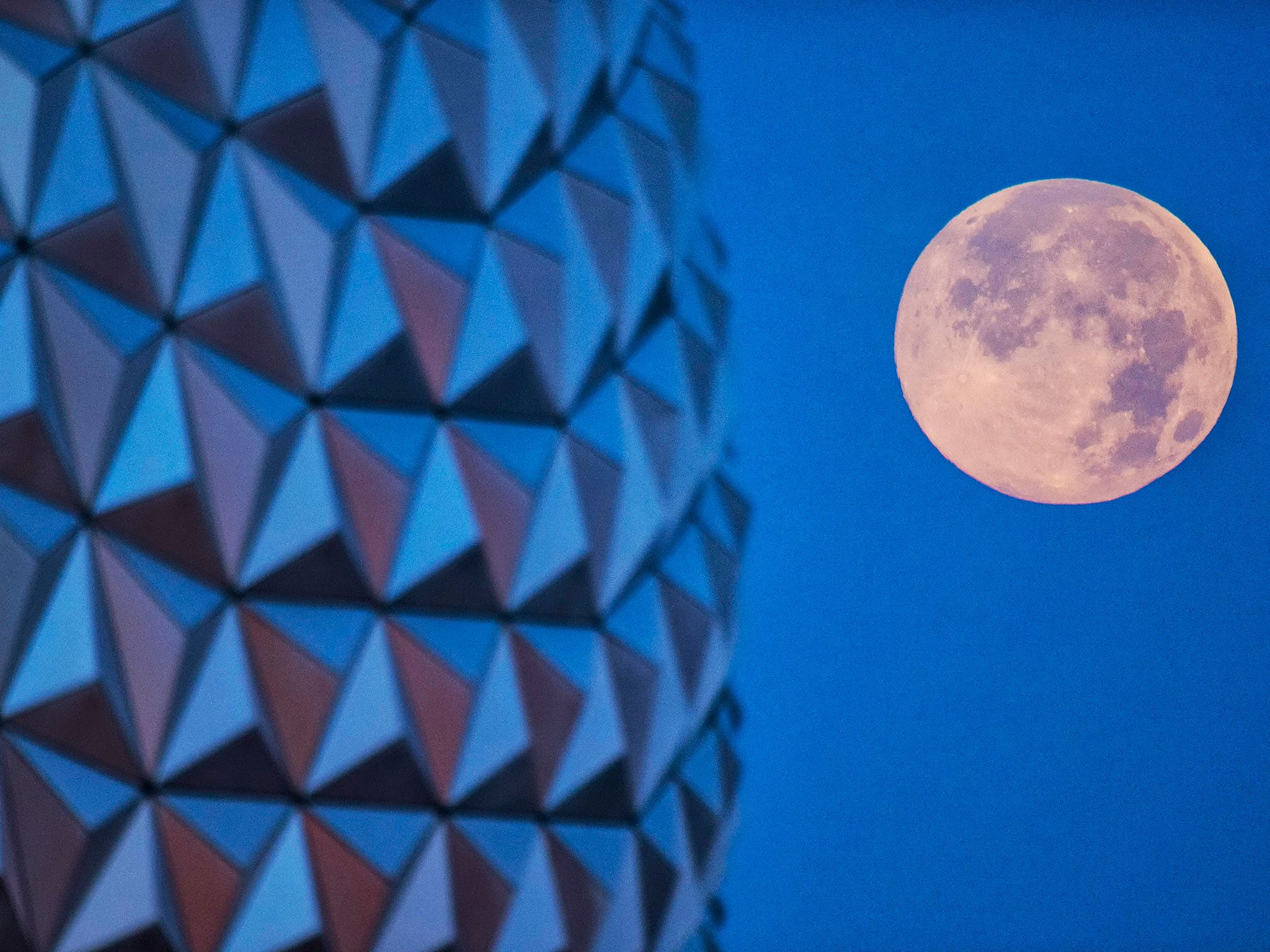Supermoon 2014: When and why will the moon look bigger and brighter this summer?
Last year, the 'supermoon' appeared to be 30 per cent brighter

Your support helps us to tell the story
From reproductive rights to climate change to Big Tech, The Independent is on the ground when the story is developing. Whether it's investigating the financials of Elon Musk's pro-Trump PAC or producing our latest documentary, 'The A Word', which shines a light on the American women fighting for reproductive rights, we know how important it is to parse out the facts from the messaging.
At such a critical moment in US history, we need reporters on the ground. Your donation allows us to keep sending journalists to speak to both sides of the story.
The Independent is trusted by Americans across the entire political spectrum. And unlike many other quality news outlets, we choose not to lock Americans out of our reporting and analysis with paywalls. We believe quality journalism should be available to everyone, paid for by those who can afford it.
Your support makes all the difference.The moon will appear unusually large and bright on Saturday evening, in the first of three so-called ‘Supermoon’ events that will take place this summer.
Stargazers will be able to catch the moon appearing to be strangely luminous at 11:25 (GMT) on Saturday evening, when it will be 222,611 miles away and in what is known as its perigee.
Full moons vary in size because of the oval shape of its orbit and its elliptical path around Earth.
When in perigee, the moon is around 50,000 km closer than when it is furthest away, or in apogee.
On 12 July and at 01:38 (GMT) on 9 September, it will become full on the same day it is in perigee, and appear in the sky as an enormous, glowing orb.
But true astronomical buffs are most excited by 10 August, when the moon will be 863 miles closer than on Saturday, and will become full on the same hour as perigee and will appear at its brightest in 2014.
Unlike solar eclipses and other celestial treats, supermoons occur every 13 months and 18 days, Geoff Chester of US Naval Observatory told NASA Science. However, these events are not always noticed, as they can be masked by clouds and poor weather.
In fact there are two further perigee moons on the astronomical calendar this year, but these are not visible from Earth.
The last time a supermoon made headlines was in June last year, when it appeared to be 14 per cent bigger and 30 per cent brighter.
Join our commenting forum
Join thought-provoking conversations, follow other Independent readers and see their replies
Comments